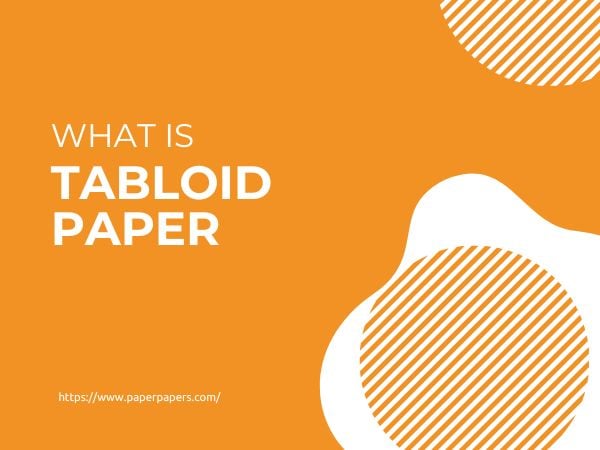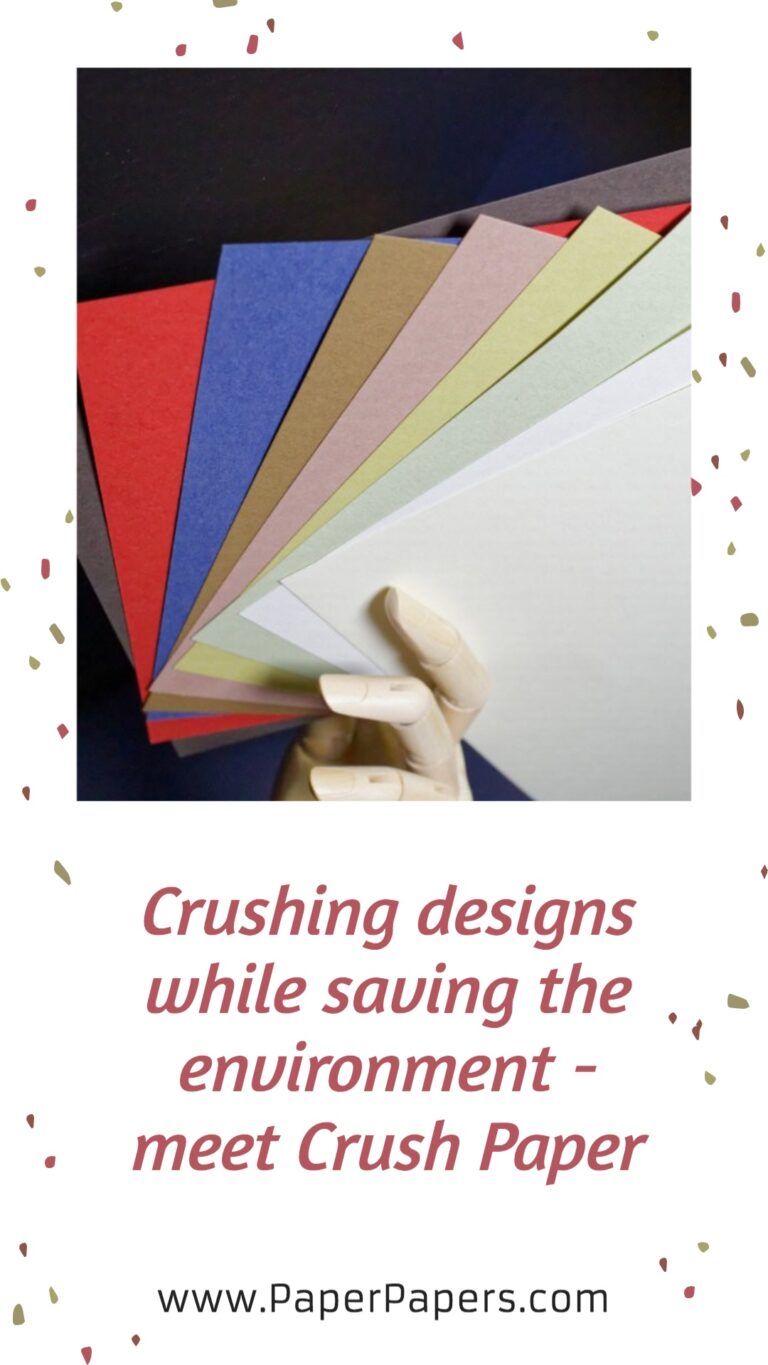Papyrus History | A Quick Overview
Before paper was invented in China in AD 105, ancient civilizations recorded and told their stories using engravings on caves and other natural surfaces. The invention of papyrus offered a more convenient and long-lasting way of keeping records and now has become a treasured part of history.
Papyrus History
Through historical documentation, we see that ancient civilizations went through many unconventional materials for writing. In this article, we’ll see why papyrus history is richer than all of them. Before going into papyrus history, let’s quickly look at what actually papyrus is.
What Is Papyrus?
Papyrus was a widely used writing material in the ancient world. It was derived from the inner stem of a plant called Cyperus papyrus that grows along the Nile River. That’s where it gets its name from as well.
The Ancient Egyptian Civilization, which lasted over 3000 years, known for its high intellect and impressive skills, took advantage of this plant to create a smooth, flexible, and durable material for writing. The fabricated material wasn’t just used as paper but also to make baskets, sandals, mats, mattresses, boats, and even rope.
The plant itself holds great importance to Egyptian culture and society. It holds symbolic significance to Ancient Egypt’s religious and artistic representations. The papyrus represented Seshat, ironically the goddess of writing, wisdom, and record keeping. Depictions of the plant were often found in rituals, temples, and tombs.
Why Is Papyrus Important In History?
Papyrus played a crucial role in developing a writing system in Ancient Egypt. Before the widespread use of papyrus, Egyptians used other materials for writing, like clay tablets, large pieces of stone, and even animal bones, all of which didn’t last.
However, papyrus has served as a valuable medium for preserving ancient history more practically.
It offered us a window into the daily life, culture, religion, and economy of Egyptians who lived long before us. That’s why papyrus history is particularly important for historians.
What Was Papyrus Used for And Why?
Papyrus paper was used for various kinds of documents and decorations. Egyptians kept written administrative records of taxation, land ownership, and historical events as a way of managing resources and enforcing their laws.
Papyrus was also used for scientific treaties and ritualistic prayers, causing it to develop a strong association with worldly and religious education. They were also used for painting depictions of mythology or daily life, often adorning the walls of tombs, homes, and temples.
Who Invented Papyrus?

Looking into papyrus history, we see that it was not invented by a single individual but developed over time in Ancient Egypt. It was the collective efforts, knowledge, and craftsmanship of the ancient Egyptians that made a profound impact on the manufacturing of paper.
They learned how to cut the papyrus stalk into thin stripes to create writing sheets. With it, they developed a writing system of hieroglyphics and hieratic script.
Is Papyrus The Oldest Paper?
Yes, papyrus can be considered one of the oldest forms of paper in the world. While it is one of the oldest materials for writing, it wasn’t the first. Other ancient civilizations used clay or chunks of stone to write in, but eventually, papyrus became a better alternative.
Papyrus texture provided a smoother and quicker writing surface than soft clay. Egyptian papyrus holds a significant place in history as the earliest form of paper-like material.
Conclusion
Papyrus history represents an impressive phase in the development of writing and the preservation of knowledge. We’ve seen how ancient Egyptians benefited from the plant in many ways and how its convenience inspired its use by other civilizations as well.
In fact, it wouldn’t be wrong to say that without papyrus, we may not have been as connected to history as we are today. Though very few manuscripts have survived through the years, the plethora of information we’ve got for them cannot be undermined.








One Comment